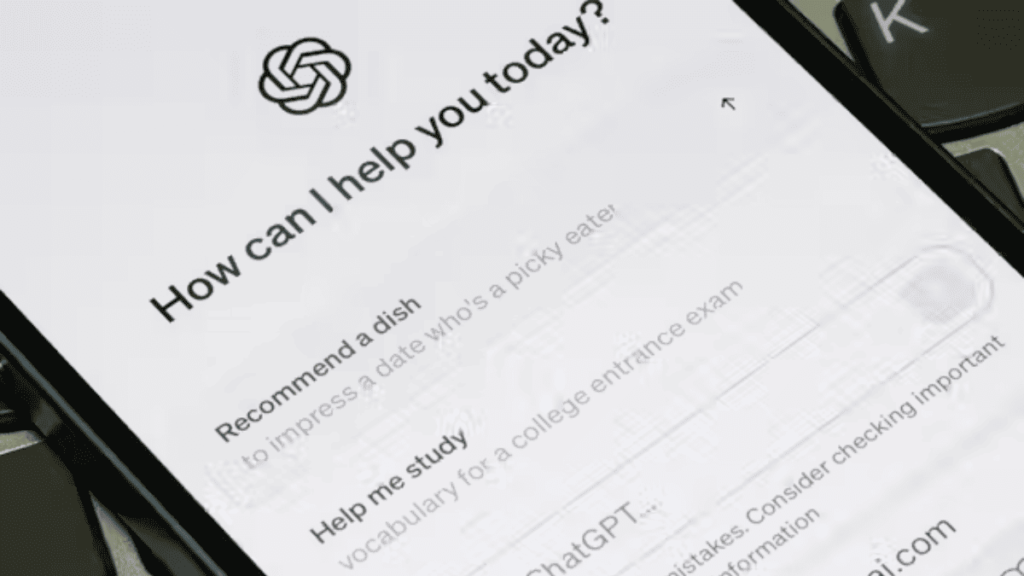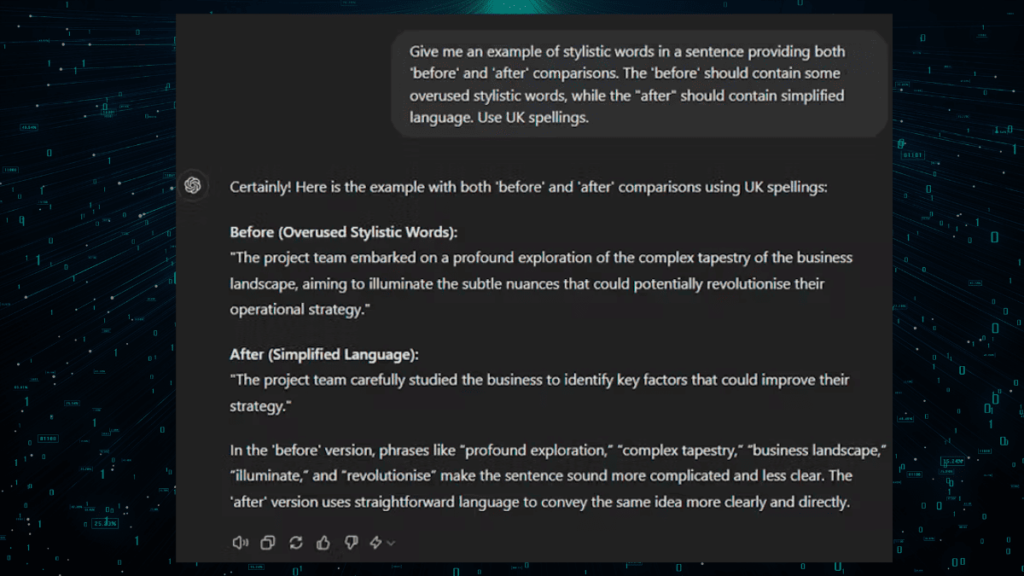
Have you noticed how certain words and phrases are becoming ubiquitous?
Terms like “delve into” and “navigate the landscape” are popping up in everything from social media posts to news articles and academic papers. While these phrases may sound sophisticated, their overuse can make writing feel monotonous and repetitive, detracting from the overall quality of the text. This trend is particularly relevant as ChatGPT is changing the way we write, introducing both efficiency and creativity in our writing processes
How ChatGPT is Shaping the Future of Writing

This shift appears to be linked to the rise of generative AI tools like ChatGPT. Designed to assist with writing, these tools offer suggestions based on patterns they’ve learned from vast datasets. While they can streamline the writing process, ChatGPT is changing the way we write by often relying on common phrases that can lead to a lack of originality.
As a result, the reliance on these AI-generated suggestions may produce works that don’t closely resemble genuine human writing. The overuse of certain stylistic expressions can create a uniformity that makes it difficult for individual voices to shine through. Ultimately, while tools like ChatGPT are changing the way we write, it’s essential to balance their use with authentic, personal expression to maintain engaging and diverse writing.

ChatGPT is Changing the Way We Write: The Rise of Stylistic Language
The rise of stylistic language in writing is closely linked to generative AI tools, which are trained on extensive text data from diverse sources. As a result, they often favor commonly used words and phrases in their outputs.
Since the release of ChatGPT, terms like “delves,” “showcasing,” “underscores,” “pivotal,” “realm,” and “meticulous” have notably increased in academic writing. While much of the research focuses on academia, this trend has also emerged in other writing forms, such as student essays and school applications.

One editor even noted to Forbes that “tapestry” frequently appears in drafts generated by AI, highlighting the impact of this stylistic language shift.
The Issues at Hand
The overuse of certain words and phrases can significantly diminish the personal touch in writing. When writers rely heavily on trendy expressions, it becomes challenging to distinguish individual voices and perspectives. Instead of showcasing unique styles, the writing takes on a robotic tone that lacks authenticity. This uniformity can lead to a bland reading experience, making it difficult for audiences to connect with the content.
While terms like “revolutionize” and “intriguing” might initially seem to enhance sophistication, they can obscure meaning and hinder understanding. This illustrates how ChatGPT is changing the way we write, sometimes prioritizing stylistic flair over clear communication, which is essential for effective writing.

Currently, there is no comprehensive research that provides an exact list of the most common stylistic words used by ChatGPT. Identifying these would require extensive analysis of countless outputs. Nonetheless, understanding how ChatGPT is changing the way we write is vital for ensuring compelling communication. As writers adapt to this evolving landscape, recognizing how ChatGPT is changing the way we write will help maintain authenticity and engagement in our work.
Effective Strategies for Improvement
So, how can we address the issues of repetitive and overly complex language? Here are some effective strategy
Be Mindful of Repetition
When using tools like ChatGPT, pay close attention to the frequency of specific words and phrases. If you notice certain terms recurring, consider replacing them with simpler or more original alternatives. For instance, instead of saying “delve into,” you might choose “explore” or “examine closely.”
Request Clear Language
The output from ChatGPT largely depends on the prompts you provide. If you prefer straightforward language, specify this in your request by asking the AI to “write clearly without using complex words.” This can significantly enhance the clarity of the content.
Edit Your Work
While ChatGPT serves as a helpful starting point for various types of writing, editing its outputs is crucial. By reviewing and modifying certain phrases, you can infuse your unique voice into the text. Being creative with synonyms is one effective approach; utilizing a thesaurus or reflecting on your message can help you express ideas more vividly.
Customize AI Settings
Many AI tools, including ChatGPT, Microsoft Copilot, and Claude, allow you to adjust writing styles through customizable settings or tailored prompts. For example, you can emphasize clarity and simplicity or create an exclusion list to avoid specific words. By doing so, you can tailor the AI’s output to better meet your needs.
Embracing Clarity and Originality in AI-Assisted Writing
By being more conscious of our use of generative al and striving for clarity and originality in our writing, we can avoid the pitfalls of conforming to an AI-driven style. Ultimately, writing should reflect our unique ideas and perspectives. While ChatGPT can offer valuable assistance, it is our responsibility to ensure that we communicate our true thoughts rather than simply echoing what an AI tool suggests.

